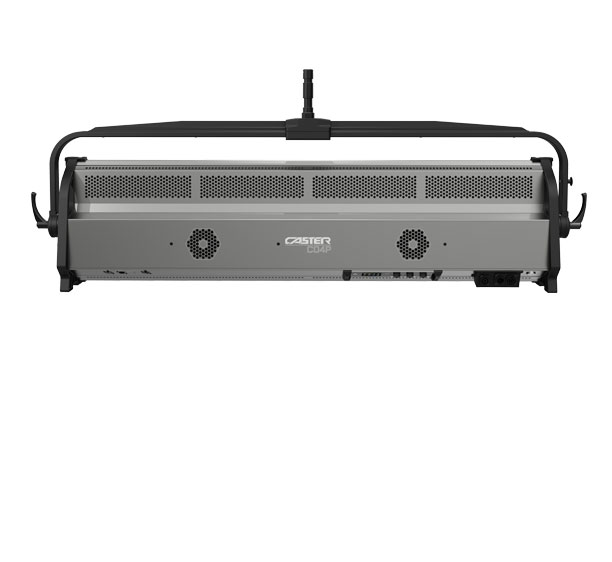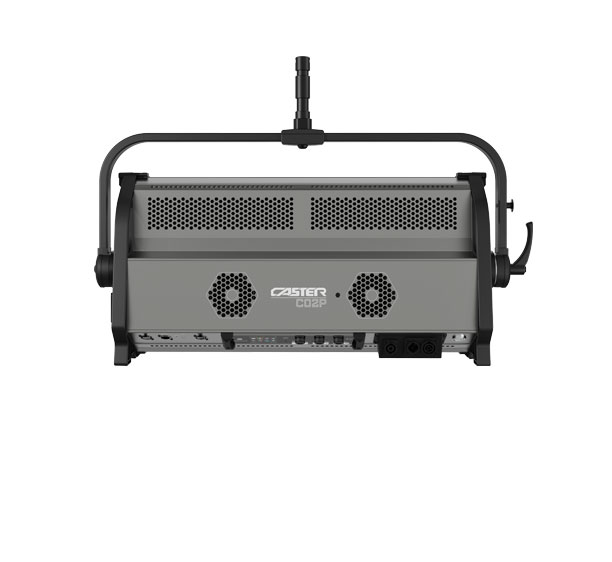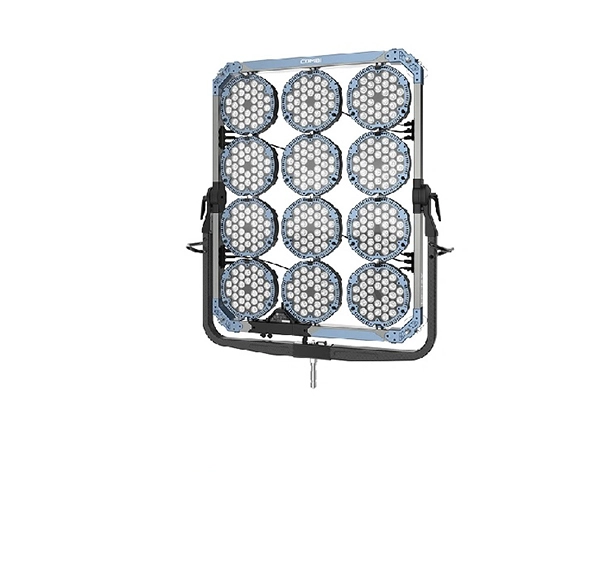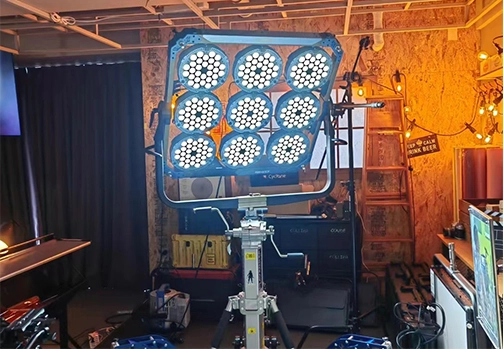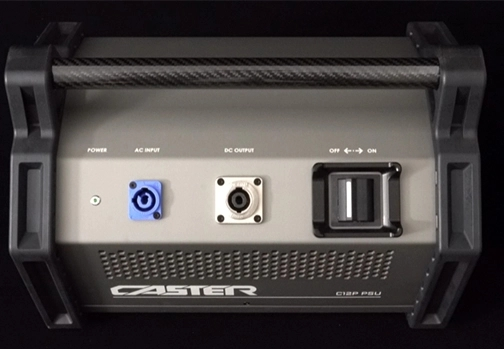The lighting skills of studio lighting is a knowledge, and beginners should master it slowly. The arrangement of indoor photography lighting is a course that many photographers have to learn. So what are the principles and order of indoor movie lights for TV?
Ⅰ. The principle of indoor movie shooting lights
For the current indoor renderings and indoor shooting, a very classic lighting technique is "three-point lighting". The so-called three-point lighting, also known as area lighting, is generally used for lighting on a smaller scale. If the scene is large, it can be divided into several smaller areas for lighting. Three lights are enough for indoor photography, namely main light, auxiliary light and background light.
1. Main light: It is generally used to illuminate the main target in the scene and its surrounding area, that is, the function of the main target projection. The primary chiaroscuro is determined by the subject light, including the direction of projection. The mission of the main light can also be completed by several lights according to the needs.
2. Auxiliary light: also known as fill light. A uniform, non-direct, soft light source used to fill in shadow areas and areas of the scene lost by the main light, to reconcile the contrast between light and dark areas, and to create depth and layers. Features make it a base color for the scene, defining the tone of the scene.
3. Background light: Its function is to increase the brightness of the background, then contrast the subject, and separate the subject target from the background. Generally, a point light source is used, and the brightness should be dark and not too bright.
Ⅱ. The order of indoor movie shooting lights
1. First determine the position and intensity of the main light.
2. Determine the intensity and angle of the auxiliary light.
3. Assign background light and decorative light. The lighting effects produced in this way should be able to achieve a clear distinction between primary and secondary, and complement each other.
Too many lights make the work process messy and difficult to handle, and the display and rendering speed can be seriously affected. Only necessary lights can be saved.
In addition, pay attention to the use of light projection, shadow maps and material maps. It is best to use maps where maps can be used instead of lights. Do not set the light by all means, otherwise the success rate will be very low. And for dispensable lights, we must resolutely not save them. When doing lighting for indoor film production lights, we should follow the process from main to part, from simple to complex.
Regarding the composition of lighting effects, you should first adjust the angle to set the main style, and then adjust the characteristics of light attenuation to enhance the sense of reality. Finally, adjust the color of the light to make detailed corrections.
If you want to truly imitate the effect of natural light, you must also have a deep enough understanding of natural light sources. It would be helpful to read more books on film production lights and do more experiments.
The lighting used for different occasions is also different. In the production of indoor effects, in order to reflect a magnificent effect, the color of some main lights is often set to light orange, which can achieve the effect that the material is not easy to achieve.
 English
English 日本語
日本語 한국어
한국어 Español
Español italiano
italiano العربية
العربية

